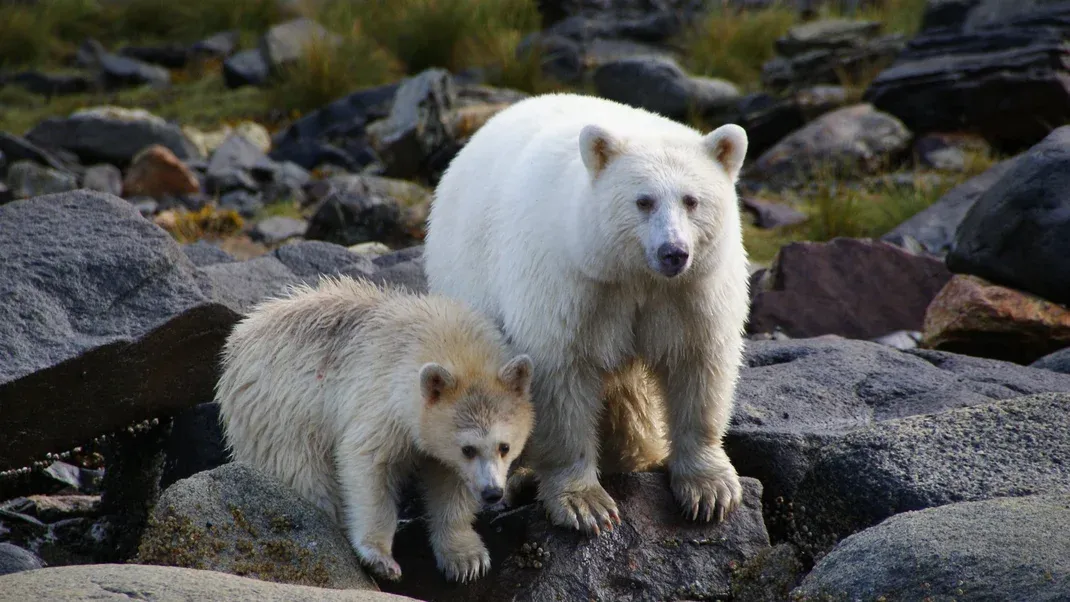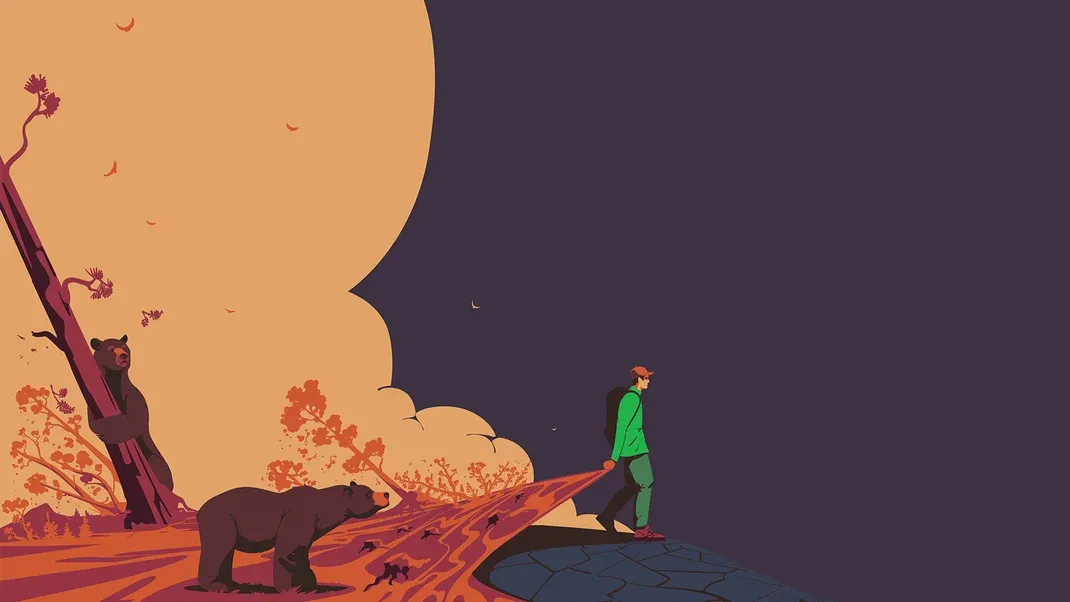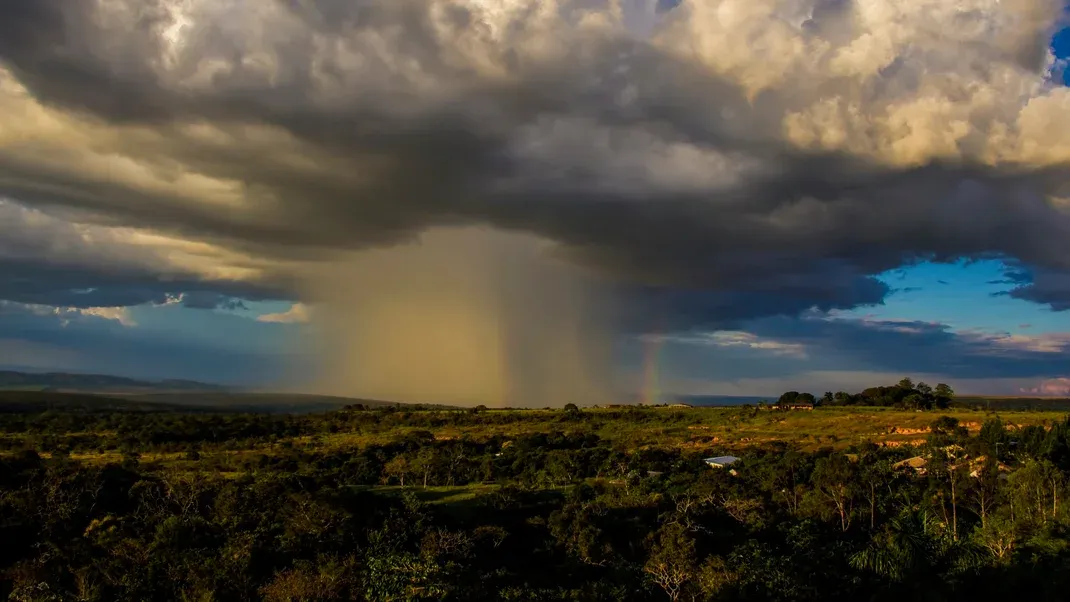Spirit Bears Capture Hikers’ Imagination—But They May Be Getting Rarer
Spirit bears, also known as Kermode bears, are a rare subspecies of black bear that have captured the imagination of hikers and nature enthusiasts. With their striking white fur, these bears are considered sacred by the indigenous people of the Great Bear Rainforest in British Columbia, Canada. However, their population may be declining due to habitat loss and climate change. Conservation efforts are underway to protect these unique bears and their habitat, but there is concern that they may be getting rarer. Despite their elusive nature, spirit bears continue to fascinate and inspire those who are lucky enough to catch a glimpse of them in the wild.

The Spirit Bear, also known as the Kermode bear, is a rare subspecies of the American black bear that is native to the Great Bear Rainforest in British Columbia, Canada. What sets the Spirit Bear apart from other black bears is its unique white or cream-colored fur, which is caused by a recessive gene. This striking and elusive creature has captured the imagination of hikers and nature enthusiasts around the world, drawing them to the remote and pristine wilderness of the Great Bear Rainforest in the hopes of catching a glimpse of this rare and majestic animal.
The allure of the Spirit Bear lies in its mythological and spiritual significance to the indigenous peoples of the region, who have revered the bear as a symbol of strength, harmony, and peace for centuries. According to the legends of the First Nations tribes, the Spirit Bear was created by the supernatural being Raven as a reminder of the last Ice Age, when the world was covered in ice and snow. The bear was said to have been left with a white coat as a reminder of the glaciers that once covered the land. This mystical connection to the natural world has contributed to the allure of the Spirit Bear, drawing in visitors from all corners of the globe.
The Great Bear Rainforest, which spans over 6.4 million hectares of coastal temperate rainforest, is one of the last remaining intact temperate rainforests in the world, making it an ideal habitat for the Spirit Bear. The dense forests, rugged mountains, and pristine rivers provide the perfect environment for the bears to thrive, with an abundance of salmon, berries, and other natural food sources to sustain them. However, despite the protected status of the Great Bear Rainforest, the Spirit Bear is facing numerous threats that are putting its future at risk.
One of the biggest threats to the Spirit Bear is habitat destruction, as logging, mining, and other industrial activities continue to encroach upon its natural habitat. The expansion of human development into the Great Bear Rainforest has led to fragmentation of the bear's habitat, making it more difficult for the bears to find food and mate. In addition, the construction of roads and other infrastructure has increased the risk of human-bear conflicts, leading to a higher mortality rate for the bears.
Furthermore, the impact of climate change is also posing a significant threat to the Spirit Bear and its habitat. The rising temperatures and changing weather patterns are affecting the availability of food sources for the bears, particularly the salmon runs that are crucial for their survival. In addition, the melting of the polar ice caps is causing sea levels to rise, which in turn is impacting the coastal ecosystems that the bears rely on for food and shelter.
Despite these challenges, there is still hope for the conservation of the Spirit Bear. Efforts are being made by conservation organizations, indigenous groups, and the Canadian government to protect the Great Bear Rainforest and its unique wildlife. In 2006, the government of British Columbia announced the creation of the Great Bear Rainforest, a landmark agreement that established new protected areas and strict logging regulations in the region. This was a significant step in the conservation of the Spirit Bear and its habitat, ensuring that future generations will have the opportunity to experience the wonder of this rare and iconic animal.
In addition, ecotourism has played a key role in raising awareness about the Spirit Bear and generating support for its conservation. The opportunity to see the Spirit Bear in its natural habitat has drawn visitors from around the world, providing economic incentives for local communities to protect the bears and their habitat. By supporting responsible and sustainable tourism practices, visitors can contribute to the conservation efforts in the Great Bear Rainforest and help ensure the survival of the Spirit Bear for years to come.
As hikers and nature enthusiasts continue to be captivated by the allure of the Spirit Bear, it is important to remember the importance of responsible stewardship and conservation. By respecting the natural environment and the wildlife that call it home, we can help ensure that future generations will have the opportunity to experience the wonder of the Spirit Bear and the pristine wilderness of the Great Bear Rainforest. Through collaboration and dedication, we can work together to protect this rare and majestic creature, ensuring that it will continue to inspire and captivate the imagination of all who are fortunate enough to encounter it.




